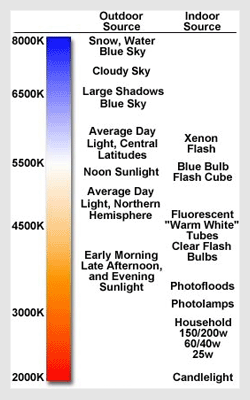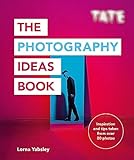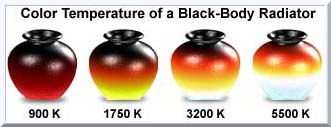|
Colour Temperature"Camera Blindness""Colour Temperature?" - What has temperature got to do with colour? Have you ever noticed how much redder things look outside in the early morning or late evening when compared with mid-day?

All light affects the way we see colours but we compensate and mentally adjust the colours back to what we are used to. We see a Caucasian's skin as flesh pink, no matter what colour the light source changes it to, but when it comes to photography lighting - A camera does not have the capability to automatically compensate for colours. It has to be told the colour of the light source if it is to record colours accurately. Modern cameras have clever means of estimating the colour of the light but all cameras can be fooled so it’s worth knowing how to set it correctly. Unless your camera is completely automatic and you cannot change its settings, your instruction book will tell you how to adjust for the colour of the light source.
|
 |
| Image of the Month |
 |
| Click here to download it. |
| Find It |

Custom Search
|
| All of the advice, tutorials, masterclasses and ideas on this website are available to you at no charge. Even so, its upkeep does incur costs. |
|
| If you feel that the site has helped you then any contribution you make, however small, would go towards its ongoing maintenance and development. Thanks for your help. |
| Book of the Month |
 |
| Click here to read the review. |

